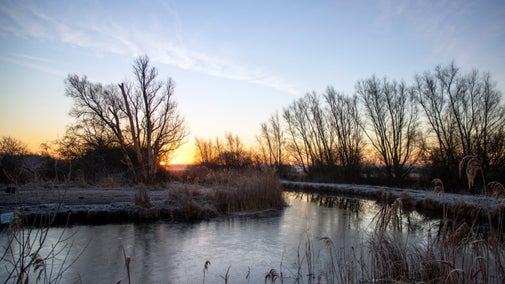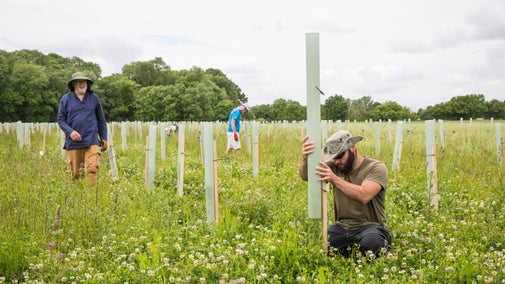At Lanhydrock, the project should see the early establishment of yellow rattle, knapweed and oxeye daisy in the next year or two and, in future, species such as eyebright, betony, and eventually, orchids.
Cornwall can play a critical role in providing a lifeline for some of our most cherished native species that depend on grasslands for food or shelter – from the Burnet moth to the Barbastelle bat. Creating species-rich meadows play an important part in helping to mitgate climate change by locking up carbon, especially in the first ten years of restoration.
Importantly these spaces also offer places where people can reconnect with nature. At the first seed spreading the team were joined by the Cornish fiddle community group Bagas Crowd who played music as they scattered the seed and then led a traditional dance to tread the seed in, helping it bed into the soil.
Most of the sites set to benefit from the new grassland are coastal, with a small handful, such as Lanhydrock, further inland. Other locations include Pentire (near Wadebridge), Botallack, Gunwalloe and the Roseland as well as many others.
The project has been made possible a generous supporter legacy and donations to the charity’s Everyone Needs Nature fundraising appeal.
Those wishing to support the Trust’s nature recovery work can donate via the Everyone Needs Nature Appeal






